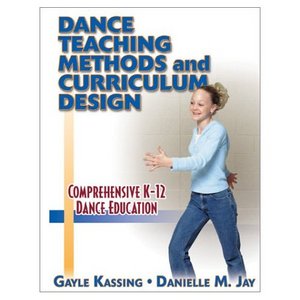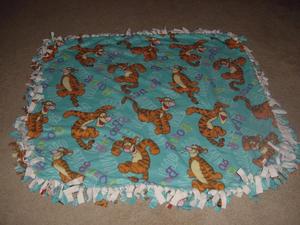Just like many other authors of books on Dance Education, Gayle Kassing and Danielle M. Jay, the authors of Dance Teaching Methods and Curriculum Design start the book’s first chapter by defining dance and dance education. They define dance as “the human body’s rhythmic movement through space and time with energy.” They affirm that the discipline of dance in educational settings concentrates on what the students learn through the process rather than the goal of producing, observing, or creating dance (which they call dancing, dance appreciation, and dance making.) According to the authors, the elements of dance education are: the teacher, the dance form, the learner, and the learning experience. Additionally, they identify seven cross-disciplinary categories of the dance teaching and learning process: supportive knowledge, physiological training and conditioning, technique and choreography, teaching and classroom management methods, educational theories, psychosocial development, and artistic development.
One of the most important skills for dance teachers to acquire and practice is observation techniques (general, technical, and applied kinesiological.) Dance teachers carefully teach so that students learn through the visual, auditory and kinesthetic senses, which equate to the verbal-cognitive, sensory-motor and autonomous stages of dance learning. Appropriate progressions of exercises and combinations should guide the students through those stages according to their level of technical development. Teaching dance is a complex skill with many facets that encompass: integration of musical accompaniment through knowledge of music theory, presentational methods (whole-part, part-whole, or add-on methods,) and teaching strategies (i.e. cueing, counting, clapping, visual aids, and anatomical or pictorial imagery.) Additionally, the dance teaching and learning process is fostered by a positive learning environment. To create this environment, dance teachers must convey clear classroom discipline expectations; utilize effective motivational aid methods; and keep in mind proper verbal, nonverbal, and guided manipulation instruction techniques, as well as acknowledgement, prescriptive, corrective feedback, and safety concerns.
The authors of this book divide dance forms into four categories: creative movement and creative dance, recreational (folk, square, social, and contra,) concert (ballet, modern, jazz, and tap,) and aerobic dance (dance fitness.) Each form has its unique movement, choreographic and aesthetic principles. Examples, units, and lesson plans for all the previously mentioned dances are provided at the end of the book.
Overall, Dance Teaching Methods and Curriculum Design seems to be the most complete and comprehensive book in existence on its topic, and the only one to give clear straight-to-the-point definitions of dance and dance education. It seems like the perfect book for a Dance Pedagogy course. No wonder it has sold so well! If you are looking to pick one single book out of all the books out there on teaching dance, I would defintely recommend this one.




